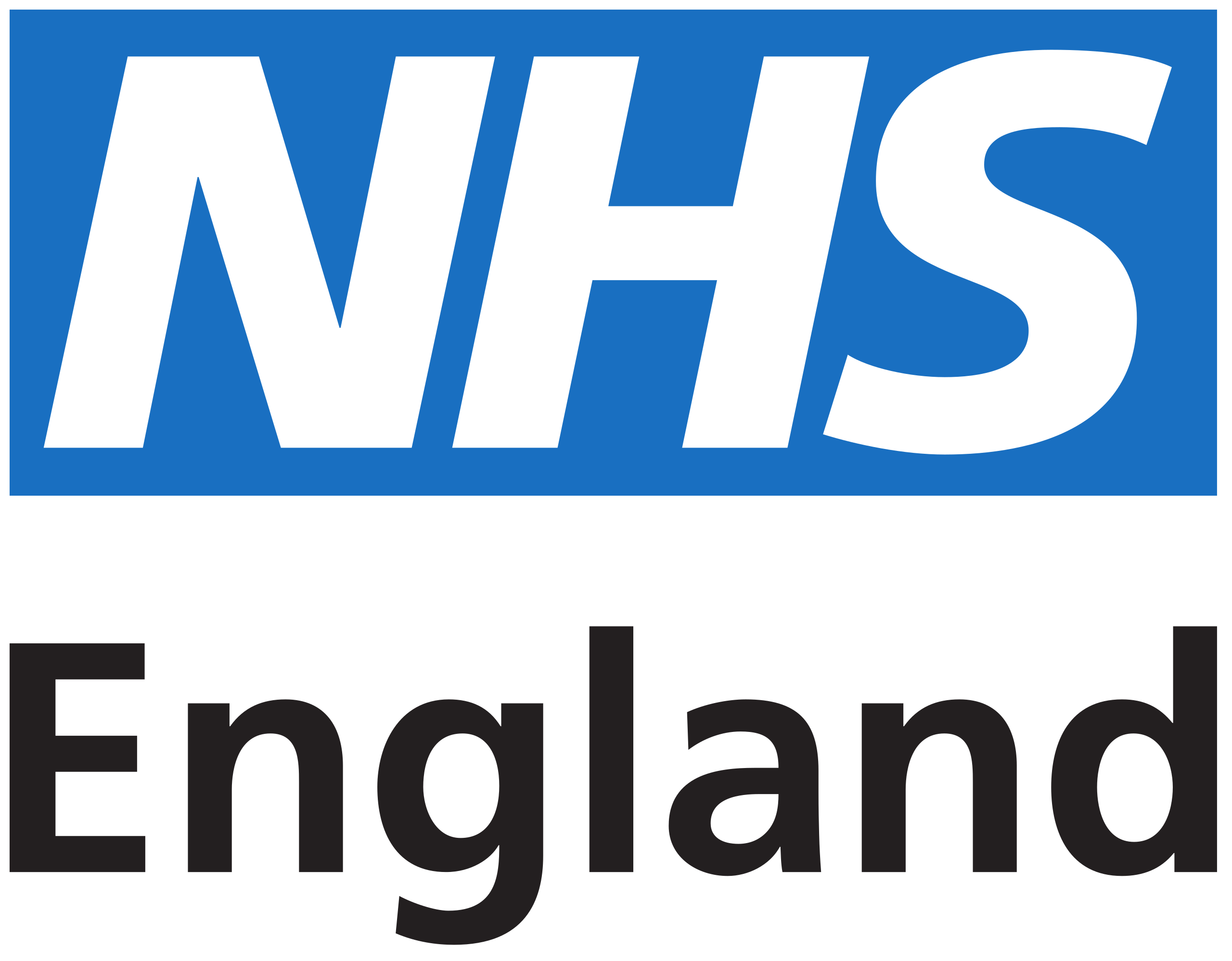Connect as a receiver
BaRS uses TLS-MA to communicate with Receiving endpoints. Receiving endpoints need a certificate under the NHS Root CA to facilitate TLS-MA. The receiver needs to follow these steps to access Integration (INT) and Production (PROD) environments.
How to connect to the BaRS proxy as a Receiver:
Step 1: Apply for your domain apply for a new nhs.uk domain. You must complete Section 5: For domain names visible only on the public internet
Step 2: Request a certificate under the NHS Root CA. The FQDN must be an nhs.uk address. There are different certificate chains for INT and PROD:
- INT Certificate chains (Note: these may be out of date)
- PROD Certificate chains (Note: these may be out of date)
Your domain must be registered before you begin the process to obtain your certificate generating a certificate request. The fully qualified domain name (FQDN) is equal to the certificate name (CN) by convention.
Step 3: Create a Certificate Signing Request (*.csr). This is the file you will send to us so we can generate a signed certificate for your endpoints. Create a private key; a password is optional.
openssl genpkey -algorithm RSA -out private.key -aes256
Create the *.csr, use the following command:
openssl req -new -key private.key -out request.csr
Note: Generate the CSR with only the common name field populated, which must match the FQDN. All other fields can remain blank. The email field MUST be blank. Please note FQDNs MUST be in the .nhs.uk domain as we can only issue certificates in this domain.
Step 4: Send the .csr file to be signed by NHS England and get the client certificate. To do this, follow these environment specific steps:
Client certificate: Integration (INT)
Step 1: Contact ITOC to make a Combined endpoint and service registration request
In the form:
- Select Create/renew a certificate only (No endpoint)
- Specify Integration environment
- FQDN must match your domain and CN on the cert e.g. 'BaRS-INT-<ODS Code>.<Supplier name>.thirdparty.nhs.uk'
- In "Additional comments/notes" state ‘BaRS’ certificate request *Add ‘N/A’ in the "Existing party key" field because there is no relation to SDS endpoints.
Step 2: Receive certificate from ITOC
Step 3: Email england.bookingandreferralstandard@nhs.net with Receiver URL for BaRS/API-M to add to the Endpoint Catalogue
Client certificate: Production (PROD)
Production endpoints can only be requested when Solution Assurance issue the supplier with the Technical Conformance certificate
Step 1: Send the .csr to dir@nhs.net, indicating this is for a BaRS Receiver endpoint
Formats for FQDN on PROD:
Supplier hosted (multi-tenanted) solutions ‘BaRS-PROD-<ODS Code>.<Supplier name>.thirdparty.nhs.uk’
Service Provider hosted (on-premise) solutions ‘BaRS-PROD-<ODS Code>.<Provider name>.nhs.uk’
Step 2: Receive certificate from DIR Team
Step 3: Email england.bookingandreferralstandard@nhs.net with Receiver URL for BaRS/API-M to add to the Endpoint Catalogue
Step 4: Make changes to your firewall exceptions to receive messages from the BaRS proxy.
Installing and configuring your application to use the certificate
Step 1: INT and PROD copy the cert text including -----BEGIN CERTIFICATE as the first line and END CERTIFICATE----- as the last. Save this text locally as a file called barsinreceiver.cer (change the name to suit).
Step 2: Create a .pfx file so you can serve HTTPS (TLS) endpoints. You can use the command below to export a *.pfx file from the *.key file you made earlier (when you made the *.csr file) along with the *.cer file you were emailed.
openssl pkcs12 -export -out barsintreceiver.pfx -inkey barsintreceiver.key -in barsintreceiver.cer
Step 3: Create a password for your .pfx file.
Step 4: Make configuration changes to reference the *.pfx file and password
(C# example, Other languages will vary but be similar)
// Configure Kestrel to use the certificate
builder.WebHost.ConfigureKestrel(options =>
{
options.ListenAnyIP(8080, listenOptions =>
{
listenOptions.UseHttps(certPath, certPassword);
});
});
